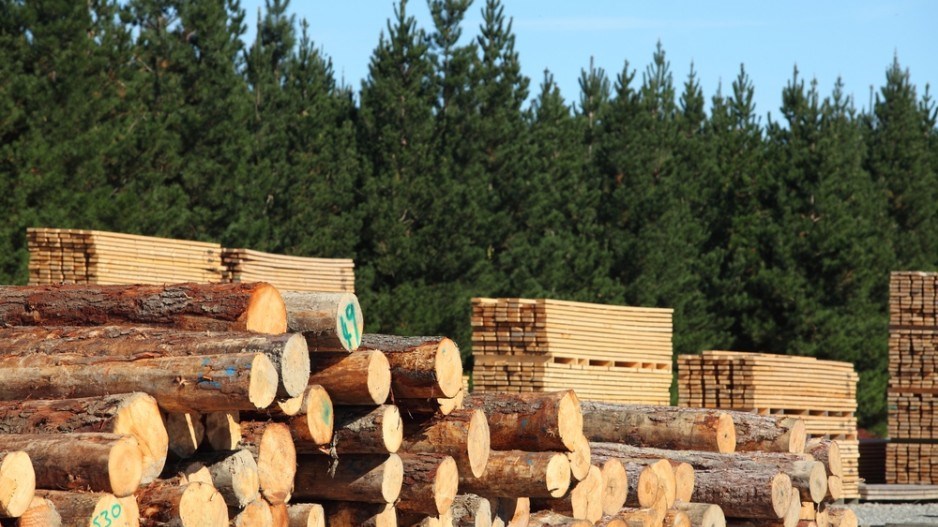Forestry will be boosted by the improving U.S. home-building market in 2015 – but expect more mill closures and the reopening of the contentious Softwood Lumber Agreement.
Housing starts in the United States didn’t recover as quickly as expected, but they’re finally back, along with demand for lumber.
The low Canadian dollar is also giving Canadian forestry companies an edge as they export to the south.
“We’re seeing sustained recovery in the U.S.,” said Russ Taylor, president of International Wood Markets Group. “2014 was a much slower pace than [most forecasters] expected.”
Economic growth in China, B.C.’s second-largest export market for lumber, has slowed. Meanwhile, Japan, another major export market for B.C. wood, has entered a recession.
“China has reported growth rates of 7.3%, and while that number seems astronomical, when you’re used to seeing 8% or 9% growth it’s a significant slowdown,” said James Gorman, executive director of the Council of Forest Industries.
In Japan, the government’s decision to raise the country’s tax on consumption has slowed consumer spending, including new housing starts, Gorman said.
While Canadian forestry companies are starting to “see the signs” of the slowdown in Asia, Gorman believes that the firm hold B.C. companies have established on the Chinese export market shows no sign of weakening.
The industry is also preparing for the possibility that the Softwood Lumber Agreement, signed by Canada and the U.S. in 2006 after years of trade strife, could be reopened this October.
“We think the agreement has provided greater certainty; customers have enjoyed greater stability in the marketplace,” Gorman said. “We have heard that the [industry group] U.S. Lumber Coalition are of the view that they do not think the current agreement is in their best interests, but they have not articulated what they would like to see changed.”
The U.S. government has not yet stated its position.
Timber harvesting will continue to drop in the B.C. Interior as trees killed by the mountain pine beetle become unusable. That will likely lead to more mill closures, and, Taylor predicts, higher prices for lumber in the future.
“In a report in 2010 we forecast that 16 mills are going to close. … We’re at mill number 14 right now and we think there’s another two or three to go,” Taylor said.
“That’s good news for the mills that are left, and the markets are only going to get better because the U.S. housing market is coming back, and China’s still going to need volume.”
@jenstden



